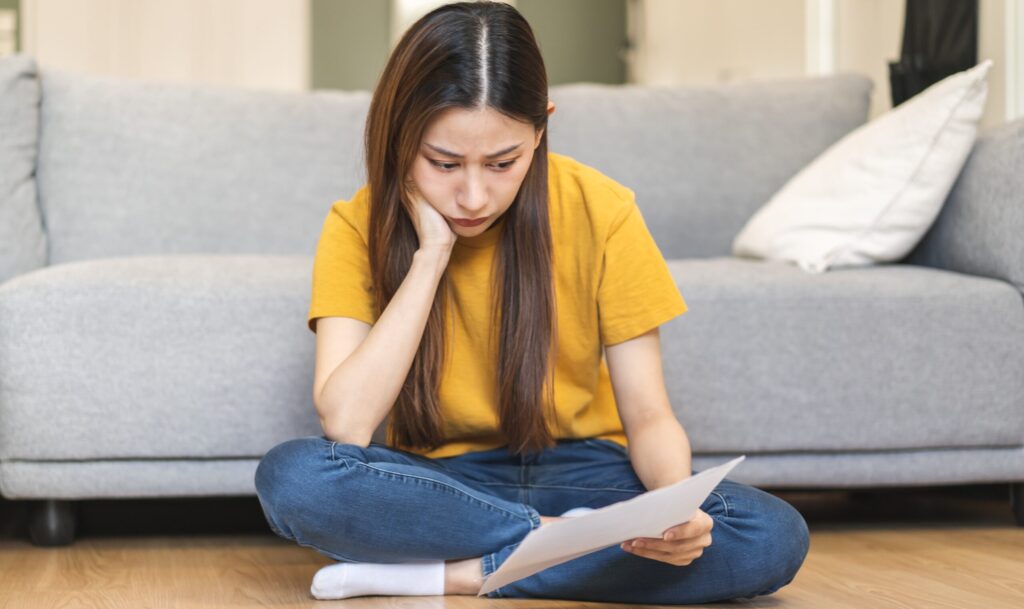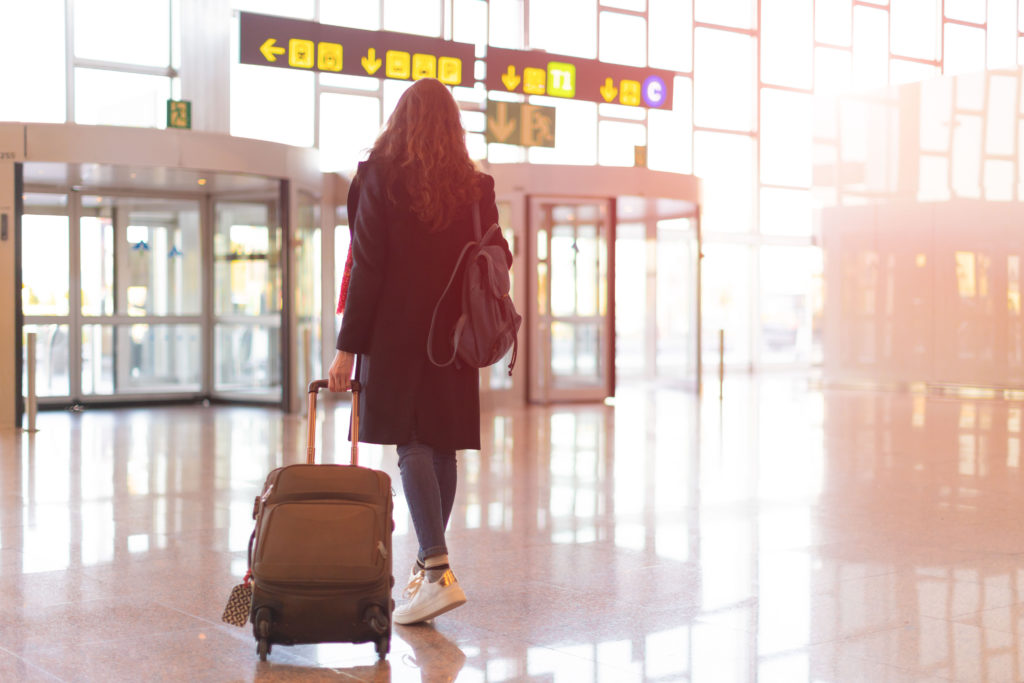Recently there has been an upward trend of student visa applications being rejected by the Australian Government. Australia’s Migration Strategy was released in December 2023 to strengthen the integrity and quality of the country’s education programs. However, the strategy has meant a growing number of student applications have not met the new criteria.
While it may come as a shock if your visa is not successful, it’s completely normal to feel disheartened. However, visa rejections are something many people face and you’re not alone. To help you navigate this challenging time, we’ve put together this step-by-step guide on what you should do if your student visa application is rejected.
Step 1: Take a moment
If your visa has been rejected, it’s important to take a moment to process the situation calmly. Going for a walk, listening to music, writing in your journal or even taking a nap can help to clear your head. Just remember, a visa rejection does not have to mean the end of your studies or your dreams of being abroad.
Step 2: Notify your university
Once you’ve taken the time to reflect on what’s happening, immediately speak to your university’s international office. They should provide support and advice tailored to your situation, including the next steps. This is important if a delay in your visa means you’re unable to begin your studies by an agreed date. They may require you to withdraw your application, in which case you’ll be issued a refund of any fees you’ve paid.
Step 3: Understand the reasons
Take the time to carefully read your rejection letter to identify the specific reasons why your application was not successful. This an important step that should not be missed as a thorough review will help you to understand why your visa was denied, and more importantly, what you can do to address any issues.
Step 4: Appeal or reapplication?
Depending on your situation, you may consider appealing the visa decision or submitting a new application. To appeal a decision from the Department of Home Affairs you must be onshore (meaning currently in Australia) as the Australian Administrative Appeals Tribunals (AAT) can undertake an independent review of the visa decision. It’s important to note there is a fee of $3,374 to appeal your visa application. The fee can be reduced by 50% for financial hardship reasons.
If you are offshore, you will need to submit a new application. There is no limit to how many times you can apply, however, it’s extremely important that you address the issues that resulted in a rejection of your visa.
Step 5: Address rejection reasons
Once you’ve identified the reasons why your visa was rejected, take the opportunity to see how you can tackle these in a new application. Common reasons for rejection can include having insufficient funds, failure to meet the Genuine Temporary Entrant requirement (soon to be Genuine Student requirement), incomplete documents and more. We have a guide on the top tips for a great student visa application that can help you through it.
Step 6: Professional guidance
You don’t have to tackle this alone. Once you’re ready, we recommend seeking advice from a registered migration agent and utilising your university or education institution’s resources for the best chance at a successful reapplication. These professionals have first-hand experience with student visa applications and can support you during this time. The Office of the Migration Agents Registrations Authority is a great place to start.
Step 7: Reapply
Finally, after taking the correct steps, it’s time to reapply for your student visa. Prepare a stronger application, taking careful consideration to correct previous shortcomings to give yourself the best chance of a successful outcome.





